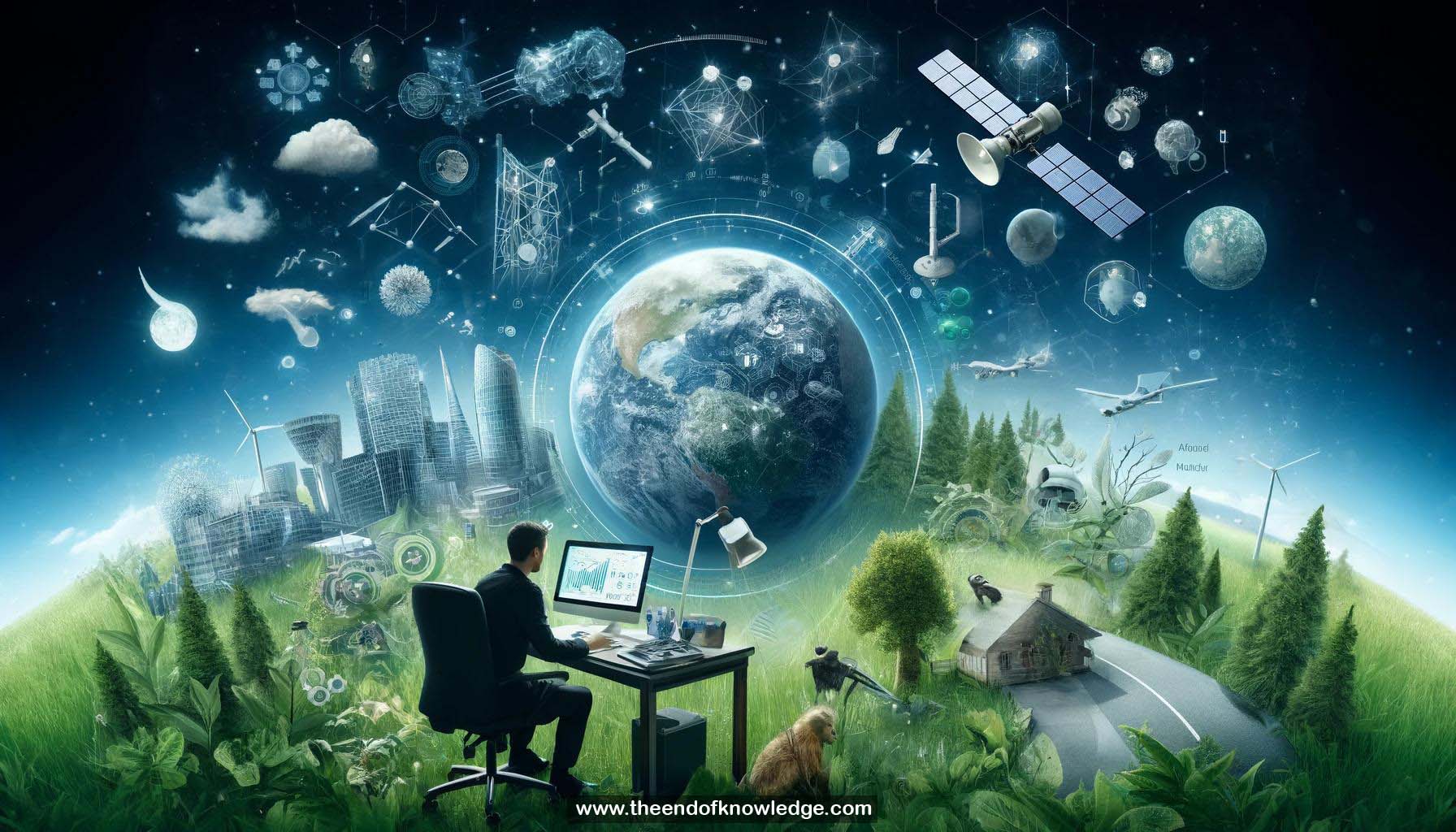 >
>
Concept Graph & Resume using Claude 3 Opus | Chat GPT4o | Llama 3:
Resume:
1.- The panel consists of experts in scientific fields discussing how computer vision and machine learning can advance scientific discovery.
2.- In physical sciences, there are often strong mechanistic models of the data generating process that can be leveraged.
3.- Scientific progress is measured by understanding underlying mechanisms that give rise to data, not just optimizing a single metric.
4.- Black box models are not readily accepted in science without some level of explainability and uncertainty quantification.
5.- Scientific theories transfer knowledge across domains, so isolating problems misses the bigger picture.
6.- Advances in AI are driving down costs and barriers to entry, enabling more scientific applications.
7.- Generative AI is allowing fast surrogate modeling of complex simulators, accelerating inverse problems and enabling new discoveries.
8.- Future progress may move from statistical generative models to causal models that capture underlying mechanisms.
9.- Climate models incorporating human systems and behavior would be a major advance, enabled by AI's ability to integrate disparate data.
10.- Leveraging limited expert labels with community science has enabled global-scale biodiversity monitoring using computer vision.
11.- Astronomy unlocked bottlenecks by using machine learning for discovery, classification and inference on intractable inverse problems.
12.- Equivariant neural networks and graph neural networks allow encoding physical inductive biases for exponential improvements.
13.- Sciences provide richly structured ground truth for studying effectiveness of inductive biases and neural architectures.
14.- Earth observation from satellites generates huge datasets of complex images that machine learning can help scientists analyze.
15.- Collaborations between domain experts and AI researchers are key, with both sides learning from each other.
16.- Sciences offer interesting datasets and problems distinct from typical computer vision applications, providing a sandbox for new algorithms.
17.- Real-world deployment in sciences directly confronts limitations of current methods and inspires new research directions.
18.- Ethical considerations are often reduced when working with scientific data about the natural world rather than human subjects.
19.- Many common challenges exist across AI applications in different scientific domains, allowing transfer of ideas.
20.- Engage with domain experts to find the interesting, non-obvious problems where AI can have an impact, not just low-hanging fruit.
21.- Learn the minimum amount of domain knowledge needed and establish common language, without needing to become a domain expert yourself.
22.- Persevere in finding the right collaborators who are bought into using machine learning and computer vision methods.
23.- Sciences are increasingly adopting AI and engaging with the computer vision community through workshops and conferences.
24.- Incorporate your collaborators' expertise to build the model using the mechanisms and math of their field.
25.- Be open-minded to learn some of the science and intuition behind the data in order to make meaningful progress.
26.- Approach collaborations with curiosity about what makes the data and problem unusual or challenging compared to previous experience.
27.- Identify parts of the domain science that are essential to understand versus those that can be abstracted away.
28.- Focus on problems where machine learning is not just impactful but perhaps the only way to make progress.
29.- Find collaborators who have already started engaging with computer vision and benchmarking methods themselves.
30.- Expect intellectually interesting, challenging, and unexplored problems, not just applications of off-the-shelf methods.
Knowledge Vault built byDavid Vivancos 2024